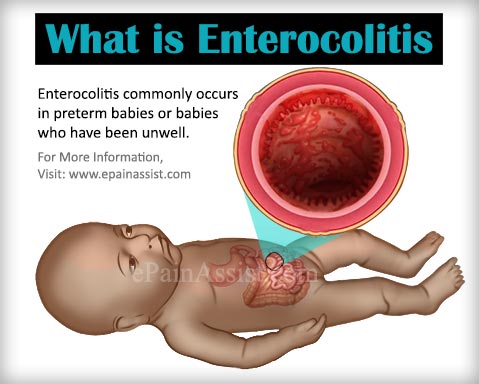pseudomembranous colitis in babies
Difficile infection is uncommon in children. Drink plenty of fluids.

Lactobacillus Reuteri Dsm 17938 In The Prevention Of Antibiotic Associated Diarrhoea In Children A Randomized Clinical Trial Clinical Microbiology And Infection
Pseudomembranous colitis in children and adults.

. Approach to diarrhea in children in resource-rich countriessystemic toxicity. Water is best but fluids with added sodium and potassium electrolytes also may be beneficial. Antibiotic-associated pseudomembranous colitis in children.
It is caused almost exclusively by toxins produced by Clostridium difficile. The patients developed acute abdomen and underwent laparotomy that showed necrosis of the bowel. Stool assays showed specimens from all ten patients yielded a cytopathic toxin which was neutralized by.
To cope with the diarrhea and dehydration that can occur with pseudomembranous colitis try to. Stay away from spicy fatty or fried foods and any other. Identification of Clostridium difficile as the major pathogen has led to a rational successful approach to therapy and has widened the spectrum of associated disease.
Pseudomembranous colitis PMC occurs rarely in children but its incidences are increasing due to frequent antibiotic use. Two cases of ischemic necrosis of the sigmoid colon associated with pseudomembranous colitis due to Schistosoma mansoni in children have been reported. Pseudomembranous colitis PMC is commonly associated with hospitalization and prior antibiotic exposure.
Clostridium difficile is the most common nosocomial pathogen of the gastrointestinal tract and has increased in frequency over time. Oral vancomycin 125mg 3mgkg 6 hourly for 10 days IV not effective Disposition will depend on the patient co. Toxic megacolon can occur as a complication of.
Pseudomembranous colitis in children INTRODUCTION. Clostridial toxin in faeces of healthy infants. Links to PubMed are also available for Selected References.
There are limited descriptions of pseudomembranous colitis in children. Pseudomembranous colitis PMC is inflammation in your colon that happens when theres too much of certain bacteria in your system. It is most often seen in people who are in the hospital.
This review presents the microbiology management and prevention of pseudomembranous colitis PMC in children. Pseudomembranous colitis PMC the severest. Jayakar AV Desai AG Dalal NJ Shah SC Narayan K.
Clostridium difficile and the aetiology of pseudomembranous colitis. The most frequently implicated antimicrobial agents were penicillins in six children and clindamycin in two. Viscidi RP Bartlett JG.
Get a printable copy PDF file of the complete article 295K or click on a page image below to browse page by page. 8586 Infants and young children rarely are affected. Difficile infection include diarrhea which is usually nonbloody or colitis associated with severe abdominal pain fever andor gross or occult blood in the stools.
Ten cases of antibiotic-associated pseudomembranous colitis in children are reviewed. Rietra PJ Slaterus KW Zanen HC Meuwissen SG. Pseudomembranous colitis is uncommon in children and rare in infants.
Pseudomembranous colitis remains a potentially lethal complication of antibiotic usage. Oral metronidazole 400mg 10mgkg 8 hourly for 10 days can be given IV Severe. And nursing homes those who receive tube feeding and those with suppressed immune systems.
Necrotizing enterocolitis a condition pathologically distinct from pseudomembranous colitis was also present. In many cases it occurs after taking antibiotics. The pseudomembranous colitis developed 12 days after the last dose of ampicillin was given to the baby.
Certain antibiotics like penicillin clindamycin Cleocin the cephalosporins and the. Up to 10 cash back A spectrum of nodular haustral thickening and an accordion pattern have been reported as specific features of pseudomembranous colitis PMC in adults. Pseudomembranous colitis is inflammation swelling irritation of the large intestine.
This diagnosis should be suspected in any child with significant diarrhea during or after a course of antimicrobial therapy especially if the diarrhea persists. Pseudomembranous colitis severe inflammation of the inner lining of the bowel from C. Ampicillin amoxicillin the second- and third-generation cephalosporins and clindamycin.
The most frequently implicated antimicrobial agents were penicillins in six children and clindamycin in two. Early surgical referral may require colectomy. Difficile the causative agent in 90 to 99 of pseudomembranous colitis cases is a.
Stool assays showed specimens from all ten patients yielded a cytopathic toxin which was neutralized by Clostridium sordellii antitoxin. The ages ranged from 4 years to 17 years. Use of medicines that weaken the immune system such as chemotherapy medicines.
Full text Full text is available as a scanned copy of the original print version. Pseudomembranous colitis PMC occurs rarely in children but its incidences are increasing due to frequent antibiotic use. The ages ranged from 4 years to 17 years.
A retrospective review of nine patients with PMC was performed to assess whether this spectrum of CT findings also occurred in children. Bolton RP Thomas DF. PMC is commonly associated with prior antibiotic exposure and hospitalization.
Diff to grow and infect the lining of the intestine which produces the inflammation. Ten cases of antibiotic-associated pseudomembranous colitis in children are reviewed. Using antibiotics can cause the bacterium Clostridium difficile C.
In four girls and five boys CT scans were. Typical symptoms of C. Antibiotic-associated colitis is a rare complication of antimicrobial therapy in children.
Pseudomembranous colitis in children. Ampicillin penicillin and clindamycin are the drugs most frequently reported to cause pseudomembranous colitis in pediatric patients. However it is becoming more common in people who take antibiotics and are not in a hospital.
Pseudomembranous colitis was originally reported at autopsy before antibiotics became available.
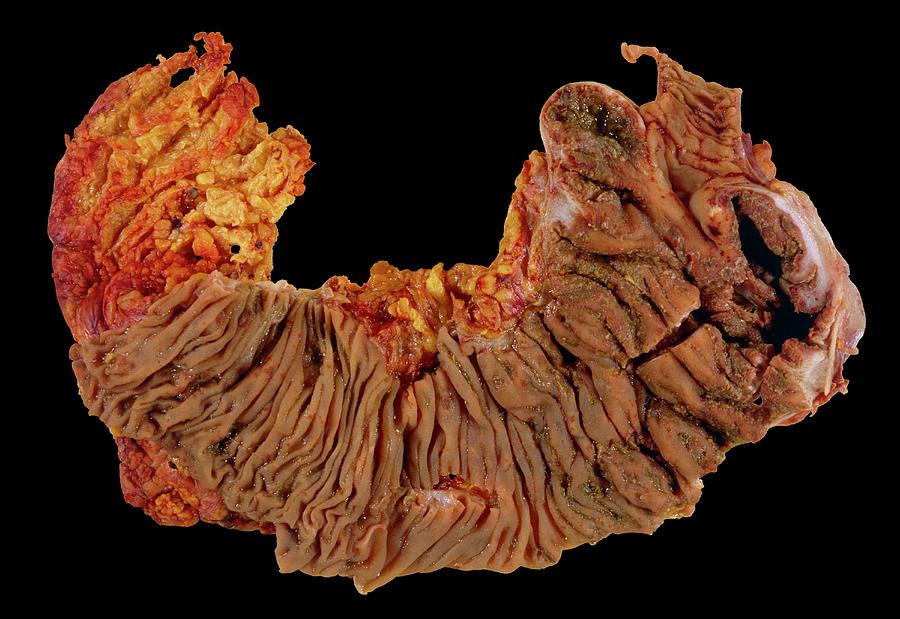
Pseudomembranous Colitis Photograph By Medimage Science Photo Library
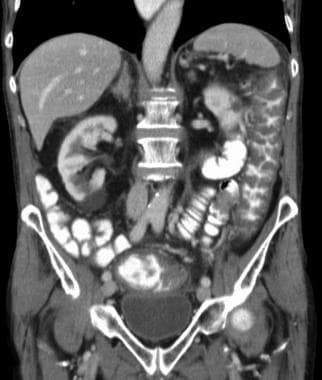
Clostridioides Clostridium Difficile Colitis Workup Approach Considerations Stool Examination And Stool Assays Endoscopy
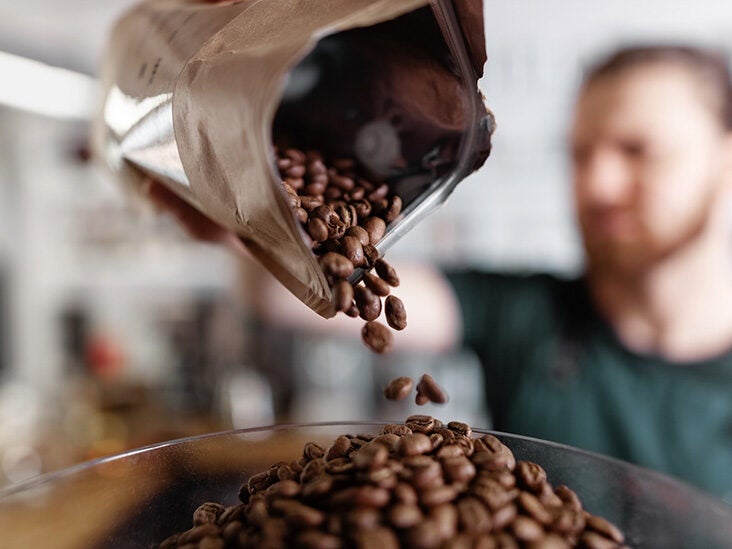
Colitis Types Diagnosis And Treatment

Clostridium Difficile Pha Infection Control
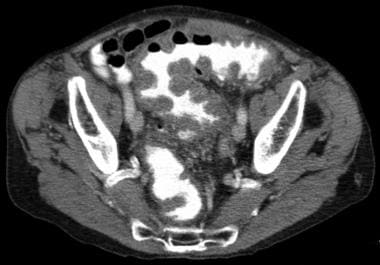
Clostridioides Clostridium Difficile Colitis Workup Approach Considerations Stool Examination And Stool Assays Endoscopy

Safe Antibiotics While Breastfeeding Important Things To Know
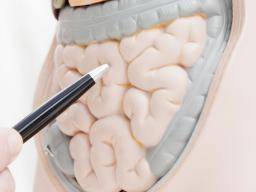
Enterocolitis Types Symptoms Treatment And Diet

Irritable Bowel Disease Colitis Pseudomembranous Colitis

Baby With White Plaques On The Tongue Consultant360
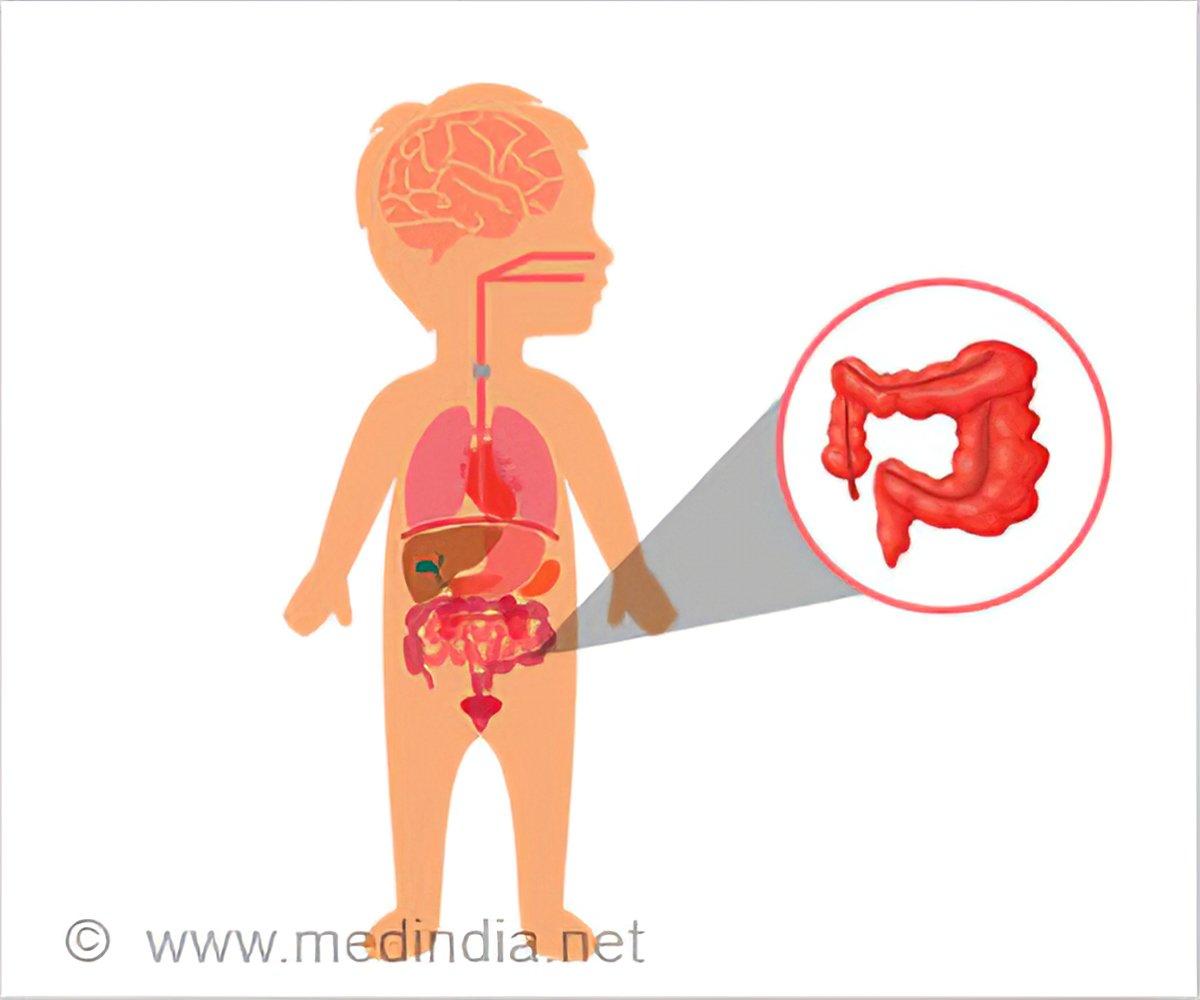
Enterocolitis Frequently Asked Questions
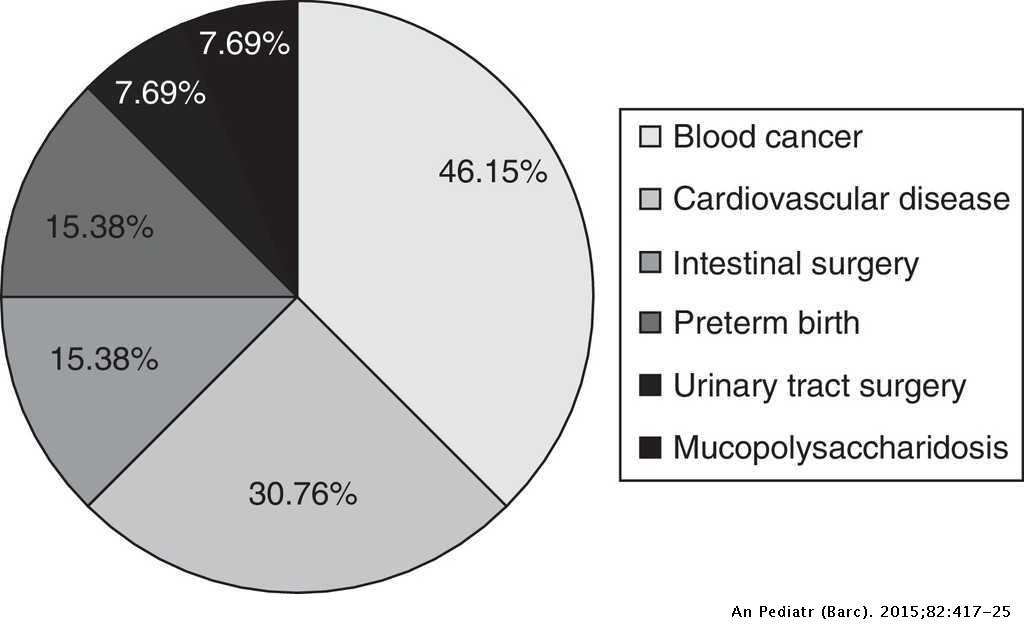
Clostridium Difficile Isolation In Children Hospitalized With Diarrhoea Anales De Pediatria

Infections Caused By C Difficile In Children Explained Wonderbaba

Clostridium Difficile Infection What You Need To Know Consultant360

Clostridium Difficile Associated Diarrhea American Family Physician

Clostridium Difficile C Diff Infectious Dis Medbullets Step 2 3
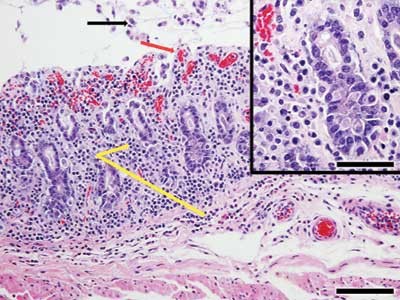
Diagnosis Clostridium Difficile Induced Typhlitis And Colitis Lab Animal

Pathway For Testing Of Stool Samples Collected From Nicu Babies Using Download Scientific Diagram
